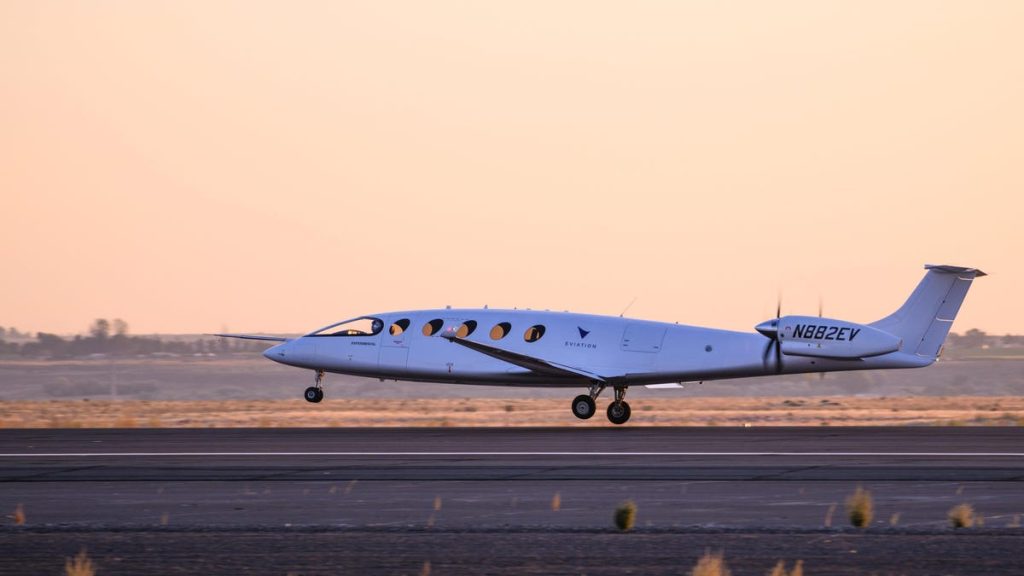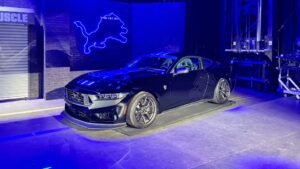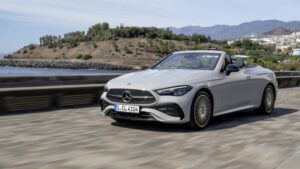Electric Plane Adoption Faces an Uphill Battle Thanks to Physics

Eviation’s “Alice”, the world’s first all-electric commuter airplane, takes off for its first flight at 7:10 am on September 27, 2022 in Moses Lake, Washington. Piloted by Eviation’s Chief Test Pilot Steve Crane, the flight lasted 8 minutes taking the aircraft to an altitude of 3500 ft. Photo: Mathieu Lewis-Rolland (Getty Images)
An all-electric passenger plane took its first flight this fall, potentially heralding the entry of air travel into the electric age. Or does it?
The Eviation Aircraft Alice you see above only cruised at 3,500 feet, traveling at 260 knots (or 300 miles per hour) for eight minutes. Those stats are no where near what the big, money-making and pollution-producing commercial jet aircraft can do. The planes most of us ride in can travel at over 500 miles per hour and heights above 30,000 feet in the air.
Consumers understand the limitations of EVs and have adapted to the challenges. When it comes to range in electric planes, however, manufacturers will have a much harder time taking to the skies. Wired has a rundown of the basic physics which is so accessible, even I understand it. The entire piece is worth your time, but here’s a good run down of the essential problem of electric planes:
Let’s go back to the example of the 747. Most variants of this plane have a fuel capacity somewhere around 200,000 liters, which is really a lot of fuel. With a density of about 0.8 kilogram per liter, this gives it a fuel mass of 160,000 kilograms. The specific energy of jet fuel is around 12,600 watt-hours per kilogram. This means that with 1 kilogram of fuel, you could get a power of 1 watt for 1 hour—assuming you can use all of the energy, which you can’t.
Let’s say that the overall efficiency of the plane is 35 percent (which is the same as saying each jet engine is 35 percent efficient). That means that 1 kilogram of fuel will actually only give you 0.35 watts for one hour. But you see where this is going, right? I know the amount of fuel in the 747 and the required power. With that, I can calculate the flight time (and also the flight distance). Cranking the numbers gives me a flight time of 13.5 hours and a distance of around 10,000 kilometers, or 6,200 miles. That’s just a rough calculation, but it seems legit.
Now suppose I take all that jet fuel and replace it with batteries. Assume that I can replace the jet engines with equivalent electric-powered turbofan engines or something. So, that’s a 160,000-kilogram battery. Electric cars use a lithium-ion battery, and the best specific energy you can get is about 250 watt-hours per kilogram. Now you can already see the problem. If I assume an electric motor is 50 percent efficient, our electric-powered 747 could fly for 22.7 minutes with a range of 304 kilometers. Forget about that trip to Hawaii.
The numbers don’t lie: Jet fuel is simply better at propelling jets through the air than big battery packs, but the fuel is also incredibly bad in terms of emissions. Planes not only emit massive amounts of CO2, but nitrogen oxides as well due to how high jet planes travel. Not to mention some airplanes still use leaded fuel for their flights, the health affects of which are currently unknown. The pollution from plane traveling is getting worse; emissions increased 30 percent in six years, from 707 million tons in 2013 to 920 million tons in 2019, according to the Environmental and Energy Study Institute.
Learn more about the physics of flying and how to best power that flight here.




